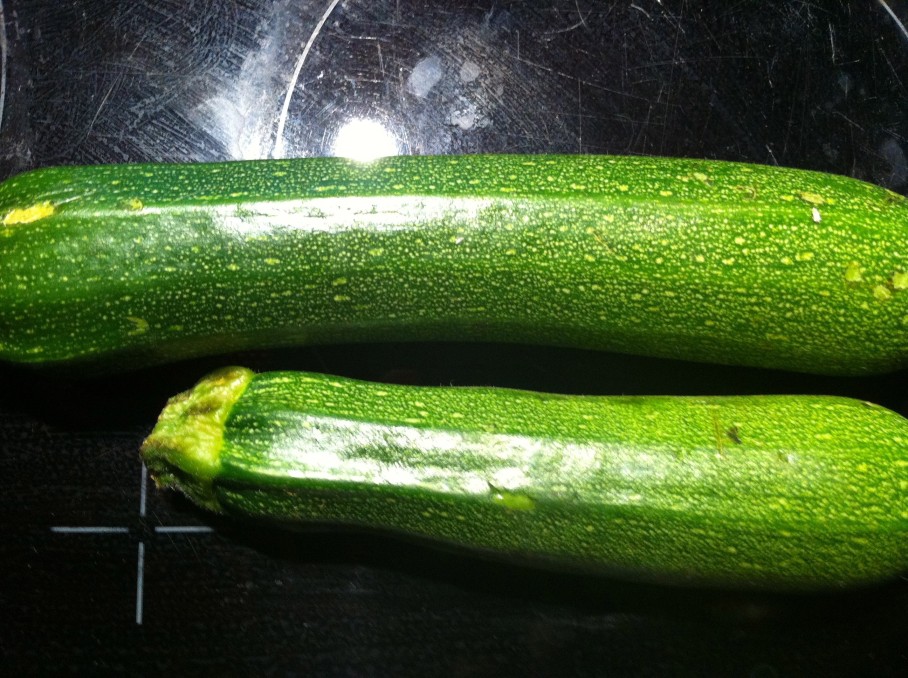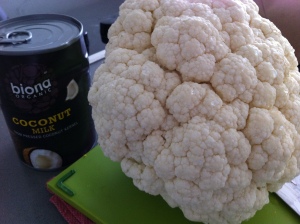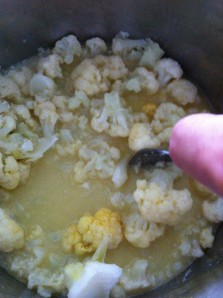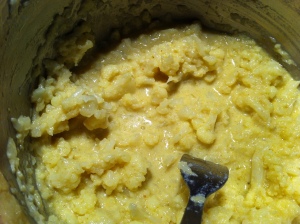If you’ve been following my blog for a while, you will have ascertained by now that I am a pretty rubbish cook. I can just about follow recipes (even then, not 100% of the time), but have mostly found cooking to take too much time, with too much need for specific tools and a constant need to go to the grocery store to buy the necessary ingredients. It just doesn’t fit in all that well with my life schedule.
However, I am trying to change my ways and would like to do more quality cooking, and incorporate it into my life in a more sustainable way. This is due to a few good reasons:
- To save money – eating out in restaurants constantly in London is expensive
- To learn a new life skill – eating is a core part of life
- To improve my health by eating more healthily – eating restaurant food tastes great (most of the time) but it isn’t always super-healthy!
- To deepen relationships by cooking for others – I have been invited over to friends’ houses where they have cooked up delicious meals for me in the past. It would be nice to return the hospitality at some point in my life, as I believe food is a great bringer-together (yes, that’s a word I made up).
Enter Timothy Ferriss‘ 4-Hour Chef.

If you’ve chanced across Tim before, or have read any of his previous two books (4-Hour Workweek or 4-Hour Body), his latest book won’t need any introduction as you’ll know what Tim is all about.
For those who haven’t heard of the 4-Hour series however, WHERE HAVE YOU BEEN? I’ll leave it to you to check out his Wikipedia page and previous TED talk in your own time, but in summary, Tim is basically all about hacking life and finding the most effective shortcuts through work, the human body, cooking and basically anything else.
I’ve read all of his previous books, and though I may not agree with everything he says, I do always tend to leave his books having learnt something new or thinking about standard processes in a new way that I have never thought of before. I was therefore pretty excited to learn that he was going to tackle cooking for his latest book – we all know how much help I need in this area!
Having now had a chance to read through the first part of the book, I can tell you that (of course!), this is no ordinary cookbook. Tim spends a lot of time talking about the concept of learning and retaining information effectively, as he makes it clear that he wants you to be able to cook something from feeling / memory rather than always having to rely on recipes, something which I am well on-board with!
After months and months of this tome sitting by my bedside, I finally managed to complete the reading up to the part of the book that starts the cooking lessons, as it were. Happily, I even managed to act on what I read, what with the long Easter Weekend affording me a lot more time than I would normally have. Going forward, I thought it might be fun to document how I progress, and as with my running training, it will hopefully keep me accountable and spur me on to keep going with the “cooking lessons”.
What’s in it for you? Well you can laugh at my sorry attempts at cooking. 🙂
As an aside, but not wholly unrelated to this, I recently decided to replace by old wooden chopping board with this cute and practical Joseph Joseph Index Advance Large chopping board set. I know that people say you shouldn’t mix your veg and meat chopping boards. I’ll admit that I’ve never made a distinction between the two in the past, and touch wood, nothing major has ever happened to me to make this a cause for concern. However, going forward, I am going to try to be more aware of this, especially as I (hopefully) start experimenting with different types of meat and food more generally.


Organised cutting boards – I like it!
Are you excited? I KNOW you’re excited, so stay tuned…















